Rudyard Kipling’s timeless classic “The Jungle Book” has captivated readers since its publication in 1894. The beloved collection of stories set in the Indian jungle features memorable animal characters who have leapt from page to screen in numerous adaptations. While these anthropomorphic creatures speak and behave like humans in the stories, they’re based on real animals native to the Indian subcontinent. Understanding the real-life counterparts to these fictional characters adds another layer of appreciation to Kipling’s masterpiece and provides fascinating insights into wildlife conservation. This article explores the authentic animals behind the iconic Jungle Book characters, examining their characteristics, behaviors, and current status in the wild.
Mowgli and His Human Connection

Though not an animal himself, Mowgli represents humanity’s complex relationship with nature. Described as a “man-cub” raised by wolves, Mowgli’s character embodies the concept of feral children. While completely fictional, his story parallels documented cases of children allegedly raised by animals. The most famous is perhaps Dina Sanichar, discovered in 1867 in a wolf den in Uttar Pradesh, India.
Unlike the fictional Mowgli, real cases of feral children typically display severe developmental issues and struggle to integrate into human society. Kipling’s character serves as a narrative bridge between the human and animal world, allowing readers to experience the jungle through relatable human eyes while highlighting the stark differences between human and animal societies.
Bagheera: The Enigmatic Black Panther

Bagheera, Mowgli’s wise mentor and protector, is portrayed as a black panther. In zoological terms, a “black panther” isn’t a distinct species but rather a melanistic color variant of either a leopard (Panthera pardus) or a jaguar (Panthera onca). In the Indian setting of The Jungle Book, Bagheera would specifically be a melanistic Indian leopard (Panthera pardus fusca). These rare black leopards possess a genetic mutation causing excess melanin production, giving them their distinctive dark coat.
Despite their solid appearance, they still have the characteristic rosette patterns visible under certain lighting conditions. Indian leopards are highly adaptable, solitary hunters known for their stealth, strength, and climbing abilities—traits reflected in Bagheera’s character. Currently listed as vulnerable on the IUCN Red List, the Indian leopard faces threats from habitat loss, poaching, and human-wildlife conflict, with an estimated 12,000-14,000 remaining in the wild.
Baloo: More Than Just a Sloth Bear
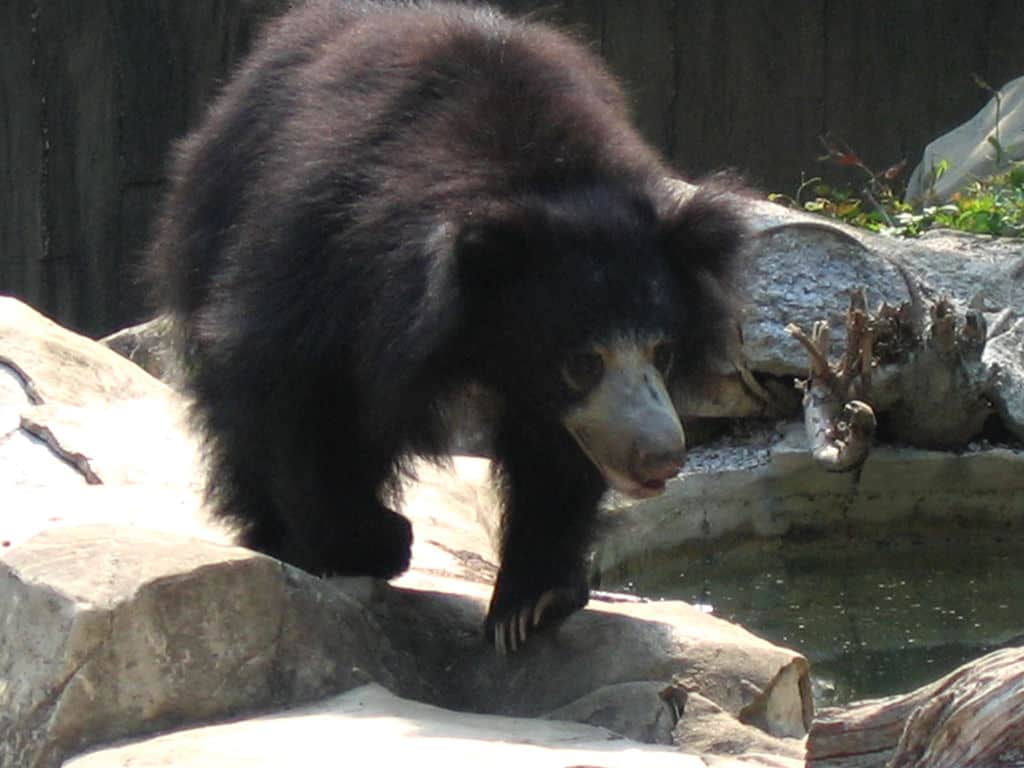
The jovial, laid-back Baloo is based on the sloth bear (Melursus ursinus), native to the Indian subcontinent. Unlike Baloo’s carefree portrayal, real sloth bears have a more complex temperament. These medium-sized bears feature distinctive shaggy black fur, a pale U-shaped chest marking, and elongated snouts with protrusible lips adapted for their insectivorous diet. Their name derives from their hanging habit that resembles a sloth, though they’re not related to actual sloths.
Sloth bears primarily feed on termites and ants, using their suction-adapted mouth and lack of upper incisors to vacuum up insects. They can become aggressive when threatened, particularly females with cubs. Contrary to Baloo’s playful nature, wild sloth bears are responsible for more human attacks than tigers in some regions. Currently vulnerable according to the IUCN, their population has declined by approximately 30% in the past 30 years, with estimates suggesting fewer than 20,000 remain in the wild due to habitat loss and poaching for traditional medicine.
Shere Khan: The Bengal Tiger’s Majesty
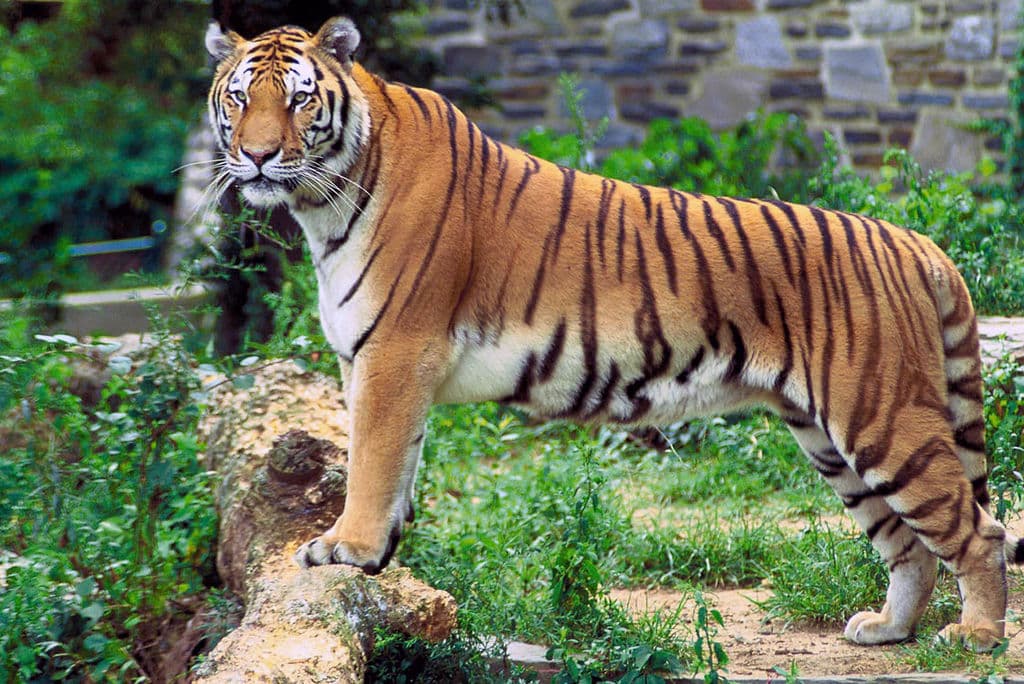
The intimidating antagonist Shere Khan represents the Bengal tiger (Panthera tigris tigris), India’s national animal and the most iconic predator of the subcontinent. These magnificent big cats can weigh up to 550 pounds (250 kg) for males, with distinctive orange coats featuring black stripes as unique as human fingerprints. Extremely territorial and powerful, Bengal tigers can take down prey much larger than themselves, including gaur (Indian bison) weighing over 2,000 pounds.
Their adaptations include powerful forelimbs, retractable claws, and specialized teeth that can exert tremendous pressure. In The Jungle Book, Shere Khan’s fear of fire reflects real tigers’ natural wariness of it. While Kipling portrays Shere Khan as universally feared and malevolent, real tigers typically avoid human encounters unless desperate or habituated. Once abundant across the Indian subcontinent, Bengal tigers are now endangered with approximately 2,500-3,000 remaining in the wild. India’s conservation efforts, particularly through Project Tiger launched in 1973, have helped stabilize populations, though poaching and habitat fragmentation remain serious threats.
Kaa: The Misunderstood Indian Python
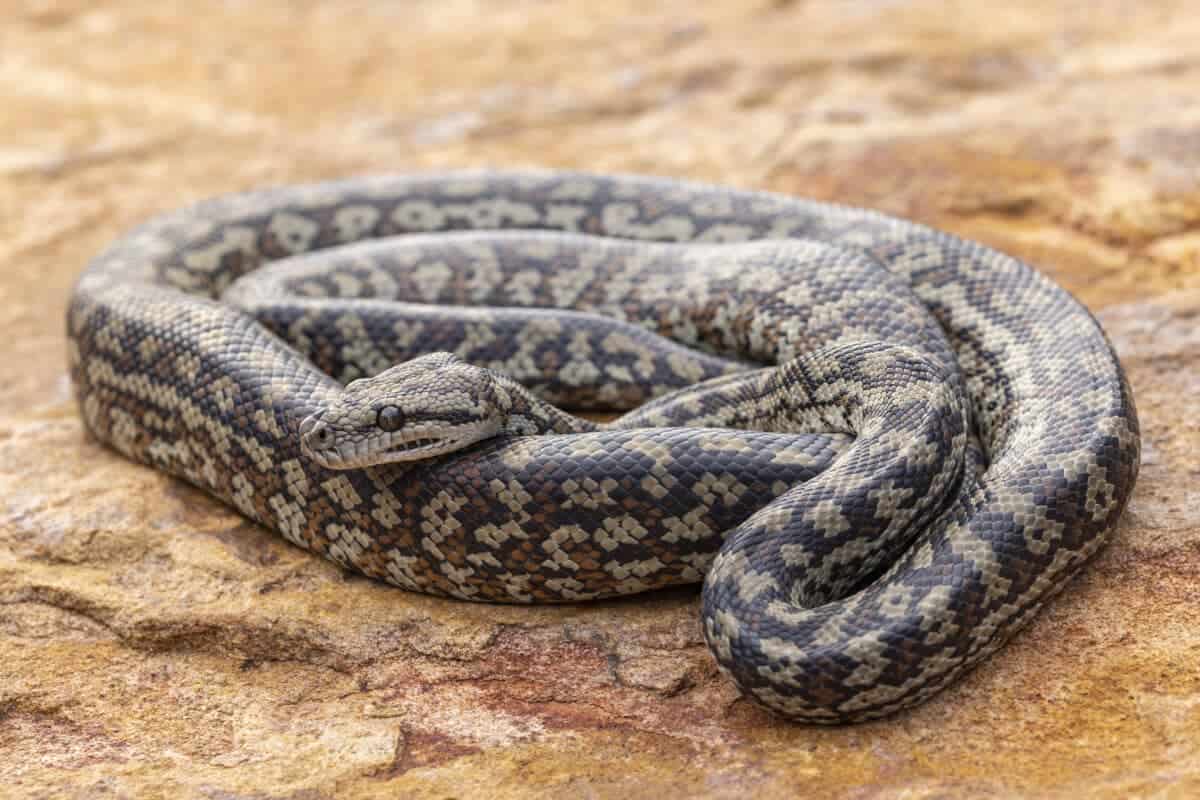
The hypnotic serpent Kaa is based on the Indian python (Python molurus), also known as the Indian rock python. Though portrayed as villainous in Disney adaptations, Kipling’s original Kaa was actually an ancient, wise mentor to Mowgli who helped rescue him from the Bandar-log monkeys. Indian pythons are among the largest snakes in the subcontinent, reaching lengths of 20 feet (6 meters) and weights over 200 pounds (90 kg). These non-venomous constrictors have distinctive patterns of irregular brown blotches bordered in black on a yellowish or tan background.
They hunt by ambushing prey, using heat-sensing pits to detect warm-blooded animals, then constricting them until respiration ceases before swallowing them whole. Unlike Kaa’s hypnotic “trust in me” abilities, real pythons don’t hypnotize prey. However, the snake’s fictional hypnotic powers may reference the unblinking stare and slow, methodical movements that can mesmerize observers. Indian pythons face threats from habitat destruction and illegal collection for the pet trade and traditional medicine, making them a protected species in India under the Wildlife Protection Act of 1972.
Akela and the Wolf Pack: Indian Wolves

Akela, the stern leader of the wolf pack that adopts Mowgli, represents the Indian wolf (Canis lupus pallipes), a subspecies of the gray wolf native to the Indian subcontinent. Smaller than their northern counterparts, Indian wolves typically weigh between 45-55 pounds (20-25 kg) and have shorter, coarser fur adapted to the warmer climate. Their coloration ranges from reddish-brown to grayish-brown, helping them blend into the diverse Indian landscapes. Indian wolves form complex family groups with hierarchical structures similar to those depicted in The Jungle Book, though the concept of a rigid “pack law” was Kipling’s literary creation.
In reality, wolf packs are family units led by a breeding pair rather than a single “alpha” like Akela. These highly intelligent canids communicate through howling, body language, and scent marking. They hunt cooperatively, primarily targeting small to medium-sized ungulates. Indian wolves face significant conservation challenges with an estimated population of only 2,000-3,000 individuals. Habitat fragmentation, human-wildlife conflict, and hybridization with domestic dogs threaten their survival, and they’re protected under Schedule I of the Indian Wildlife Protection Act.
Raksha: The Fierce Mother Wolf

Raksha, Mowgli’s adoptive wolf mother whose name means “protection” in Sanskrit, exemplifies the remarkable maternal instincts of female Indian wolves. In the wild, wolf mothers demonstrate extraordinary dedication to their pups, nursing them for up to two months and regurgitating food for them until they can join hunts at around one year of age. Female wolves develop strong bonds with their offspring and fiercely defend them against threats—even those much larger than themselves, as Raksha does when confronting Shere Khan.
Wolf mothers also serve as primary educators, teaching hunting techniques, territorial boundaries, and social behaviors essential for survival. The fictional Raksha’s acceptance of a human child, while dramatic license, reflects documented cases of wolves occasionally displaying care behaviors toward other species. However, actual wolf adoption of human children remains in the realm of mythology rather than zoological fact. The maternal aspects of wolf behavior portrayed through Raksha’s character offer a compelling counterpoint to the more commonly emphasized predatory nature of wolves, highlighting the complex social structures and behaviors that make these animals remarkable.
King Louie: A Fictional Hybrid
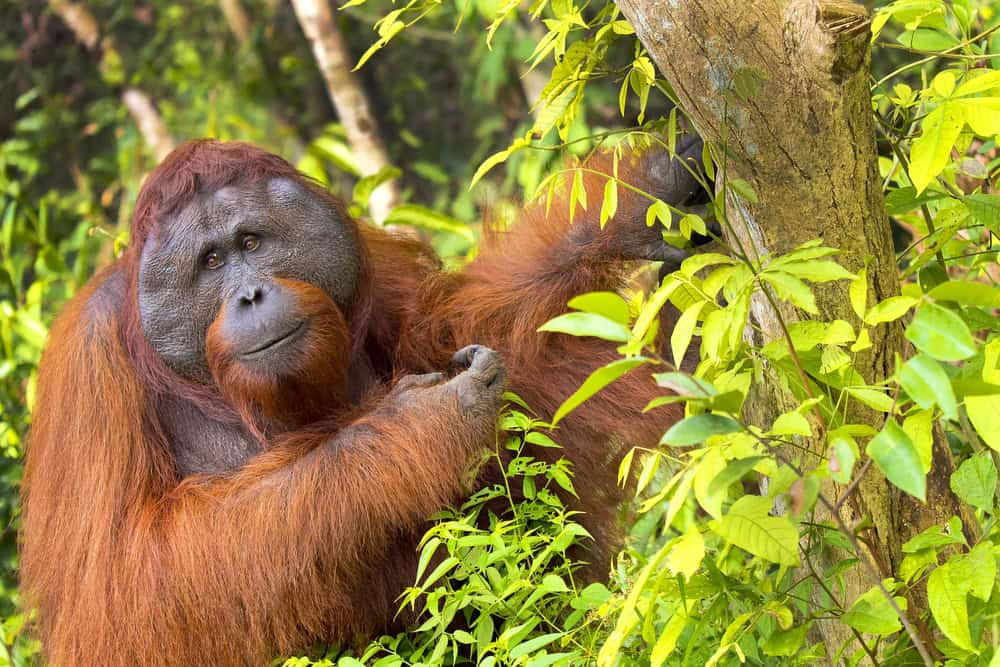
King Louie, the jazzy orangutan ruler who wants the secret of man’s “red flower” (fire), represents an interesting zoological inaccuracy in The Jungle Book. Orangutans (Pongo spp.) are not native to mainland India but rather to the Southeast Asian islands of Borneo and Sumatra. Kipling, despite growing up in India, included this geographical anomaly, possibly confusing orangutans with native Indian primates. Disney’s 1967 adaptation maintained this error, while the 2016 live-action remake addressed it by reimagining Louie as a Gigantopithecus, an extinct genus of ape that once inhabited India.
The native great apes of India that would have been present in Mowgli’s jungle would have been different langur species and potentially the Hoolock gibbon (Hoolock hoolock) in northeastern regions. The Hoolock gibbon, India’s only ape species, is much smaller than orangutans, with distinctive white eyebrows and wrist rotation that allows for impressive arboreal movement. This zoological discrepancy highlights how creative license sometimes trumps biological accuracy in beloved stories, though it also presents an opportunity to discuss actual primate diversity in the Indian subcontinent.
Bandar-log: The Monkey People
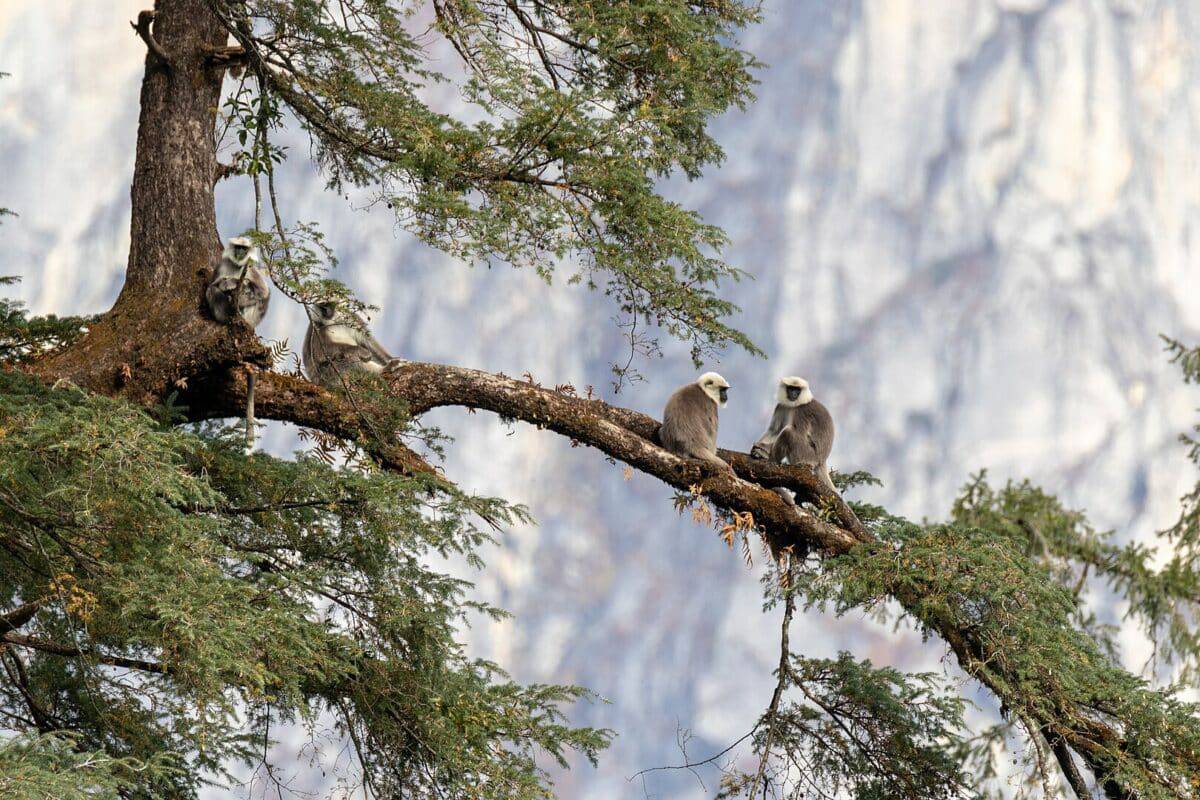
The chaotic, lawless Bandar-log or “monkey people” in The Jungle Book collectively represent various monkey species native to India, primarily the gray langurs (Semnopithecus spp.) and rhesus macaques (Macaca mulatta). Gray langurs, also called Hanuman langurs after the Hindu monkey deity, are distinctive with their black faces and hands contrasting against light gray bodies. They’re highly adaptable, found in various habitats across the Indian subcontinent, living in troops of 20-50 individuals. Rhesus macaques are smaller with reddish-brown fur and pink faces, known for their intelligence and ability to thrive in human-modified environments. Kipling portrays the Bandar-log as scattered, undisciplined creatures lacking the social order of other jungle animals, declaring “We are great. We are free. We are wonderful.”
This characterization contains elements of both accuracy and exaggeration. While real monkeys have complex social structures with hierarchies and rules, their highly animated, seemingly chaotic behavior could appear lawless to human observers. Their portrayal as kidnapping Mowgli reflects the mischievous, occasionally aggressive nature of macaques, which sometimes grab objects from people. Both langurs and macaques face pressure from habitat loss, though their adaptability has allowed them to persist in many urban areas, sometimes creating conflict when they raid crops or enter homes.
Hathi: The Indian Elephant’s Wisdom

Colonel Hathi, the regimented elephant leader, represents the Indian elephant (Elephas maximus indicus), a subspecies of the Asian elephant native to the Indian subcontinent. Slightly smaller than their African cousins, Indian elephants still rank among the largest land mammals, with males reaching heights of 9 feet (2.7 meters) at the shoulder and weights of 11,000 pounds (5,000 kg). They possess distinctive features including smaller ears, a twin-domed head with pronounced cranial bulges, and tusks present primarily in males (though many males are tuskless). Indian elephants demonstrate remarkable intelligence, with brain structures similar to humans in areas responsible for emotion, cognition, and social complexity.
They form matriarchal societies led by the oldest, most experienced females—unlike Hathi’s patriarchal military unit. These elephants communicate through a complex language of vocalizations, some below human hearing range, and exhibit behaviors suggesting cultural transmission of knowledge. The character’s military bearing reflects the historical use of trained war elephants in the Indian subcontinent for thousands of years. Currently endangered, Indian elephant populations have declined by over 50% in the last three generations, with approximately 20,000-25,000 remaining in the wild, threatened by habitat loss, human-elephant conflict, and poaching.
Tabaqui: The Reviled Golden Jackal

Shere Khan’s sycophantic sidekick Tabaqui is based on the golden jackal (Canis aureus), a medium-sized canid widespread across the Indian subcontinent. Weighing between 15-33 pounds (7-15 kg), golden jackals have distinctive sandy or golden-brown fur that darkens on the back and tail. They possess relatively large ears, a pointed muzzle, and a bushy tail—adaptations that help them thrive in various habitats from deserts to forests. In The Jungle Book, Tabaqui is portrayed as a scavenger who feeds on rags and leather from village garbage heaps, described as fawning and half-crazy, spreading rabies when “the madness is upon him.”
While real golden jackals do scavenge, they’re also skilled hunters of small animals and omnivorous opportunists who consume fruits, insects, and rodents. Their diet’s flexibility has helped them adapt to human-modified landscapes. The association with rabies reflects actual concerns about wild canids as disease vectors in rural India. Unlike their fictional counterpart’s universally despised status, golden jackals play important ecological roles as mesopredators controlling rodent populations and cleaning up carrion. Their adaptability has allowed them to maintain stable populations despite habitat changes, though they face threats from retaliatory killings due to livestock predation and negative cultural perceptions—perhaps influenced by portrayals like Tabaqui’s character.
Conclusion: Literature’s Impact on Wildlife Perception

The Jungle Book stands as more than just a collection of entertaining stories; it serves as a cultural touchstone that has shaped how generations perceive the wildlife of India. While Kipling took creative liberties with animal behaviors and characteristics, his work has paradoxically raised awareness about these magnificent creatures and their habitats. The anthropomorphic portrayals, though scientifically inaccurate, created emotional connections between readers and wild animals that might otherwise seem distant or threatening. These connections have potentially contributed to conservation efforts by generating public interest in species like tigers, elephants, and wolves.
Modern readers can appreciate The Jungle Book on multiple levels—enjoying the timeless narrative while understanding the real animals behind the characters. This dual appreciation highlights the complex relationship between wildlife literature and conservation awareness. As we face increasing biodiversity loss, stories that help people connect emotionally with wildlife become ever more valuable. Understanding the real animals behind Kipling’s characters enriches our reading experience while reminding us of our responsibility to protect the actual creatures that inspired these beloved characters.
The jungle that Mowgli navigated might be fictional, but the animals that inspired his adventures face very real threats in today’s world. By recognizing the connection between literature and wildlife, we gain a deeper appreciation for both Kipling’s storytelling genius and the remarkable animals that continue to capture our imagination more than a century after The Jungle Book first introduced them to readers worldwide.
- Why You Should Never Approach a Bear - August 24, 2025
- New Record: The Longest Eagle Flight Ever Tracked - August 24, 2025
- The Most Dangerous US States for Animal Attacks - August 24, 2025

